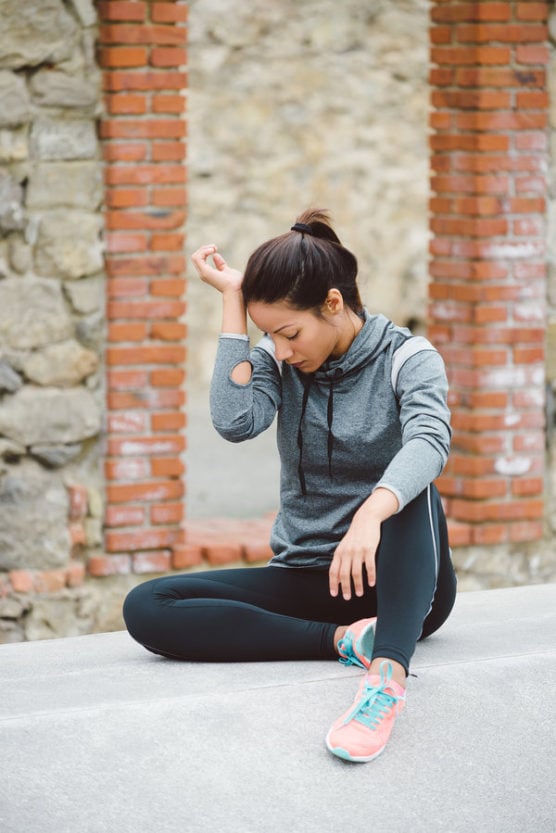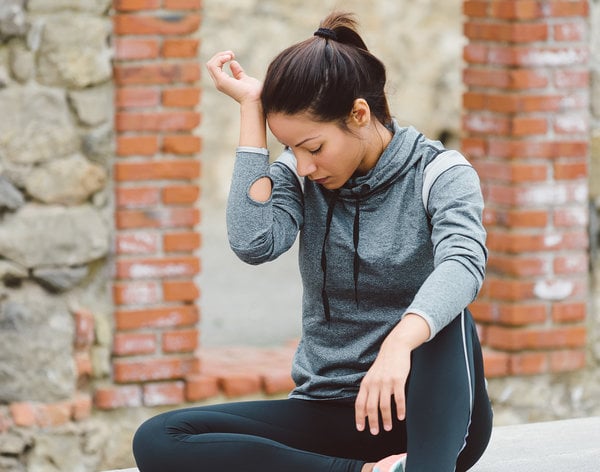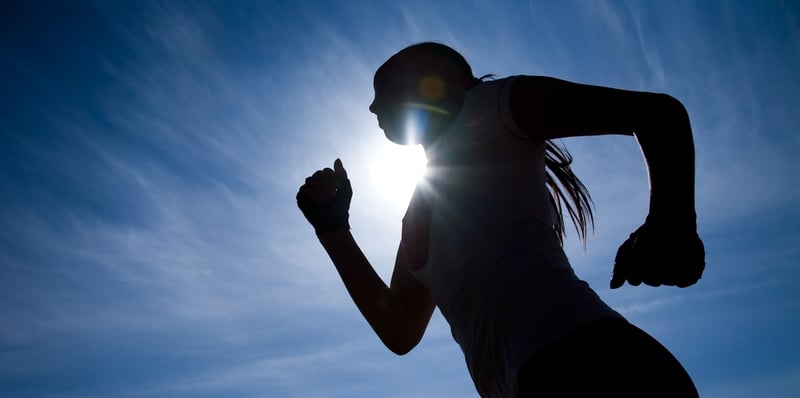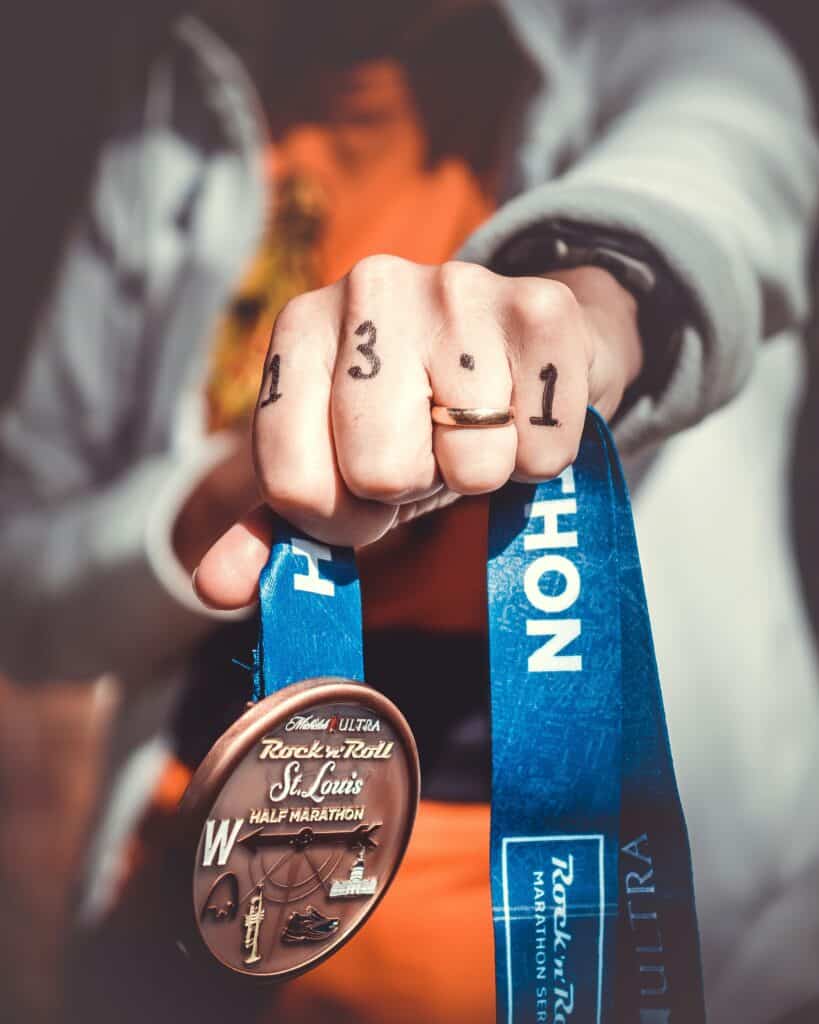
1) You’re too sleepy to get up and run
The easiest way to ensure training doesn’t get in the way of anything else in life is to do it first thing in the morning. It is by far the most popular time for runners.
However, if you are sleep-deprived, there is no worse noise in the world than the alarm clock. Runners can train through a couple of sleep-deprived workouts every now and then. But, if you are determined to be a morning runner, you must aim to go to bed early enough to get quality sleep.
How to know if you are getting enough sleep? You probably have a ballpark already of the amount of sleep you need to feel motivated and perky.
However, if you struggle to wake up, try getting to bed 15 minutes earlier for a week. Push it back by 15 minutes each week until you finally are waking up naturally with the alarm clock.
2) You’re unmotivated
Most runners are very excited to start a new training program. They can count on the first 10-21 days of new workouts feeling awesome as they work towards the big goal.
But as the newness wears off, there will be bouts of feeling unmotivated. Workouts will get tougher and the miles will get longer. There will be days that it will be struggle to get out the door.
We are all motivated to keep going differently, so it is important before (and during!) training to find your thing. Maybe it’s a new piece of gear or music for your playlist. Maybe it is a tune up race or volunteering at a race – nothing more inspiring than seeing others reach their goals! Maybe it is positive self talk or a motivational video clip.
Whatever it is, use it to force yourself to keep going when it gets tough.
3) You’re crunched for time
As mentioned above, morning runners have an advantage that life is often least obtrusive in the pre-dawn hours.
But those with young children or who are night owls might not agree that morning is best. There will be late meetings, soccer practices, and birthday parties and you will still have to find time to run.
Schedule your own runs into the calendar as much as possible. Be realistic about warm-up time, cool down time, and any commuting.
Treat it like an appointment. When you have to miss your appointment because life gets in the way, have a couple of back up plans. Switch your workouts around if you have more time another day.
Allow yourself to skip a workout every once in awhile. Split your workout up and do half in the morning and half in the afternoon. There are plenty of creative ways to get it done and if it important to you, you’ll find a way to work it in most of the time.
4) You’ve got aches and pains
Almost all runners will experience aches and pains at some point in time. Some will go away in a few days on their own, some will require a little intervention to feel healthy again, and some will require runners to stop running for a period of time.
The key is to understand what kind of pain will not do long-term damage and what you can run through.
Many runners are already conditioned to run through pain so their tolerance is likely higher than the average person. Reduce your mileage, speed, and hills if something feels out of tune.
That being said, if aches don’t respond to R.I.C.E. (rest, ice, compression, elevation) in a few days, go see a doctor before anything more serious occurs.
5) Bad weather is keeping you from running
Ice, lightning, tornadoes, blizzards, and hurricanes are all really good reasons to skip an outdoor run. There will be inclement weather at some point during your training and there might even be some of it on race day.
Races will be cancelled for dangerous running conditions, but rain, heat, cold, and snow are all usually manageable.
Getting outside (safely) during less-than-ideal weather is great training for the possibility that you could be facing those conditions on race day. Dress to be as comfortable as possible and allow your workout to be slower or shorter if necessary.
If you have the option, head to an indoor track or a treadmill and swap the bad weather for monotony. Running is running, no matter how you get it done!
Carissa Liebowitz has run the Boston Marathon as well as dozens of marathons and half marathons. You can follow her running adventures on Strava, Instagram and her blog.





